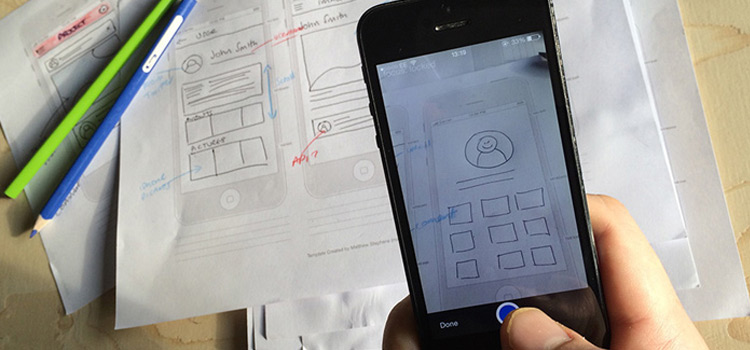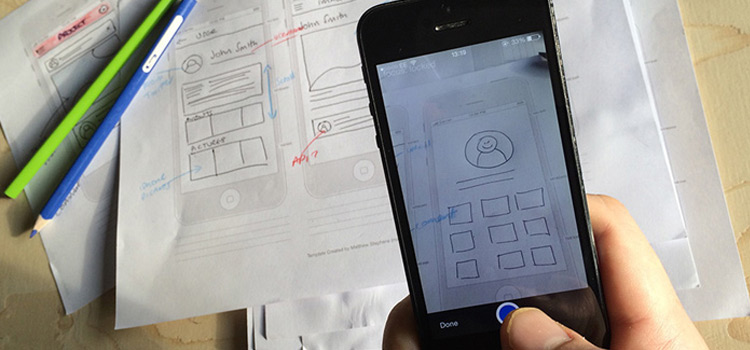
In the past five years, mobile games have exploded in popularity. With the advent of Apple’s App Store, mobile app developers have jumped on the opportunity to create mobile games from scratch on the most popular devices in the world.
What Makes a Mobile Game Go Viral?
Why is it that some mobile games become widely popular in such a short period of time? There are a number of factors that separate a hit from the rest. One of the main reasons why mobile games go viral is that they have a simple yet engaging interaction concept. There’s a high probability users will share the game with others if they become engaged. In addition, games available for Apple devices have an advantage over other makers as game creators can focus on a single range of operating systems and hardware to fine-tune the experience.

The 8 Steps Developers Take To Create Mobile Games
From concept and design to development and launch, developers are tasked with several steps to bring a mobile game to market. Available resources may have a small impact on the way in which developers and designers can build a mobile game.
1. Define Objectives – For the initial stages of creating a mobile game, developers will need to lay out their objectives for building the game. The developer should be able to answer the questions including what makes their game different from competitors and what their business goals are with creating the app.
2. Identify Functionality and Features – Once the developer has laid out the concept, they can start tackling the underlying building blocks of the app. The developer should be thinking about everything from forms and push notifications to e-commerce integrations and social sharing, as an example, playable ads that can be shared through social media platforms.
Top Mobile Development Technologies in 2020
3. Wireframe and Create Your Use Cases – Once the developer is confident in the functions and features they want for the mobile game, they need to be pieced together. The wireframe is a visual guide that maps out the app’s layout and outlines the different use cases or ‘mini-games’ involved. The wireframe can be drawn out or sketched on a computer using the Adobe Suite or other specialized tools. Once complete, the developer will need to test out the wireframe, using a tool like Invision, to make sure the app’s processes are seamless and make sense.
4. Revise Based on Feedback – This is a great time for the developer to share the mobile game with others and get feedback. Getting feedback before the actual development starts is important so the developer doesn’t have to backtrack and waste time that could otherwise be used to code.
5. Choose a Development Path – Now comes the development planning stage. The development and design team will need to determine how they plan on building a mobile game. The developer can either build the app from scratch for iOS or use a mobile app framework to be deployed on multiple platforms, such as Android. If the developer chooses to build the app from scratch, the app will be available natively on Apple, and additional steps may be needed to port it to another system or, like Bubble Shooter, to be available on a web browser.
6. Start to Build – This step is typically the most costly and time-intensive of all the stages. It can vary depending on the app developer and designer’s level of experience. If a team decides to go through a mobile app framework, they may be able to build the app in a number of days while reducing a lot of the risks associated with building.
7. Test – Once development is complete, it’s time to test the mobile game to see if it’s ready for the world. This step is meant to make sure there are no bugs and the user experience is as intuitive as possible. The team can decide whether they want to have testers try out the mobile game.
8. Launch – The final step of developing the mobile game is the launch. The app will need to meet the requirements and guidelines set by Apple. Once the mobile games are up and available to the public, the development is officially complete.
What’s Next in Mobile Games and Gaming?
As the underlying technology capabilities in the digital world evolves, so will the mobile games. Big franchises will invest heavily in mobile development and deliver premium games. Apple and other phone manufacturers will develop new ‘gaming’ phones with higher processing and graphics capabilities to handle the increased demand in high-end mobile games as they look to corner this lucrative market.
Blockchain Technology and Mobile App Development
Author: Spyre Studios
